Category: leadership
-
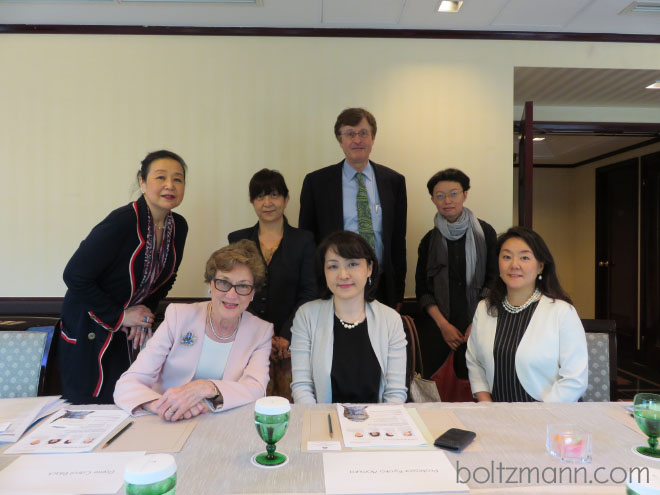
Ludwig Boltzmann Forum on women’s development and leadership in the medical sector
Women’s development and leadership Gerhard Fasol, Chair Tokyo, Monday 16 May 2016, 9:00-11:00am Location: Hotel Chinzanso Tokyo (Satsuki Conference Room), Sekiguchi 2-10-8, Bunkyo-ku, Tokyo 112-8680, Japan Program Gerhard Fasol: Objectives of the Ludwig Boltzmann Forum on Women’s development and leadership Gerhard FasolCEO , Eurotechnology Japan KK, Board Director, GMO Cloud KK., former faculty Cambridge University…
-
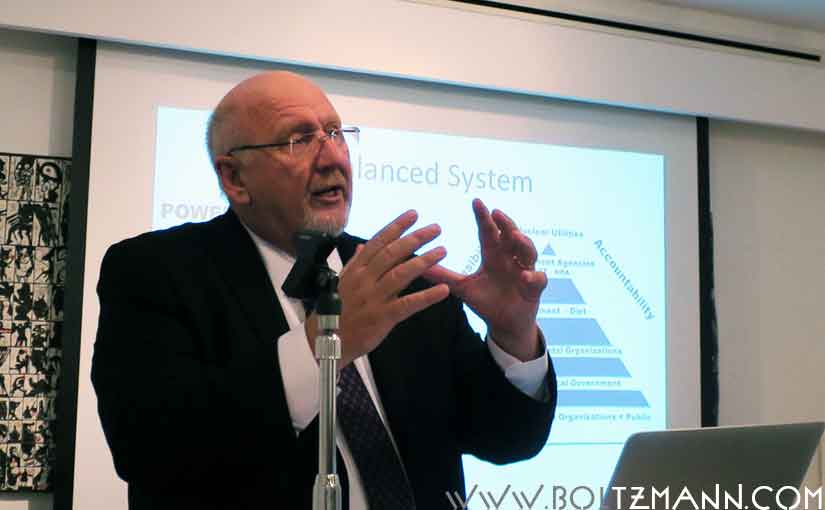
Chuck Casto: Global leadership in the extreme – crisis leadership in post-Fukushima
Global leadership in the extreme: crisis leadership in post-Fukushima Chuck Casto keynote talk given at the 7th Ludwig Boltzmann Forum at the Embassy of Austria, Tokyo, 20 February 2015 by: Dr. Chuck Casto, Casto Group Consulting LLC, Licensed Nuclear Power Station Operator. Was NRC regulator responsible for 23 nuclear power stations. Leader of the US…
-
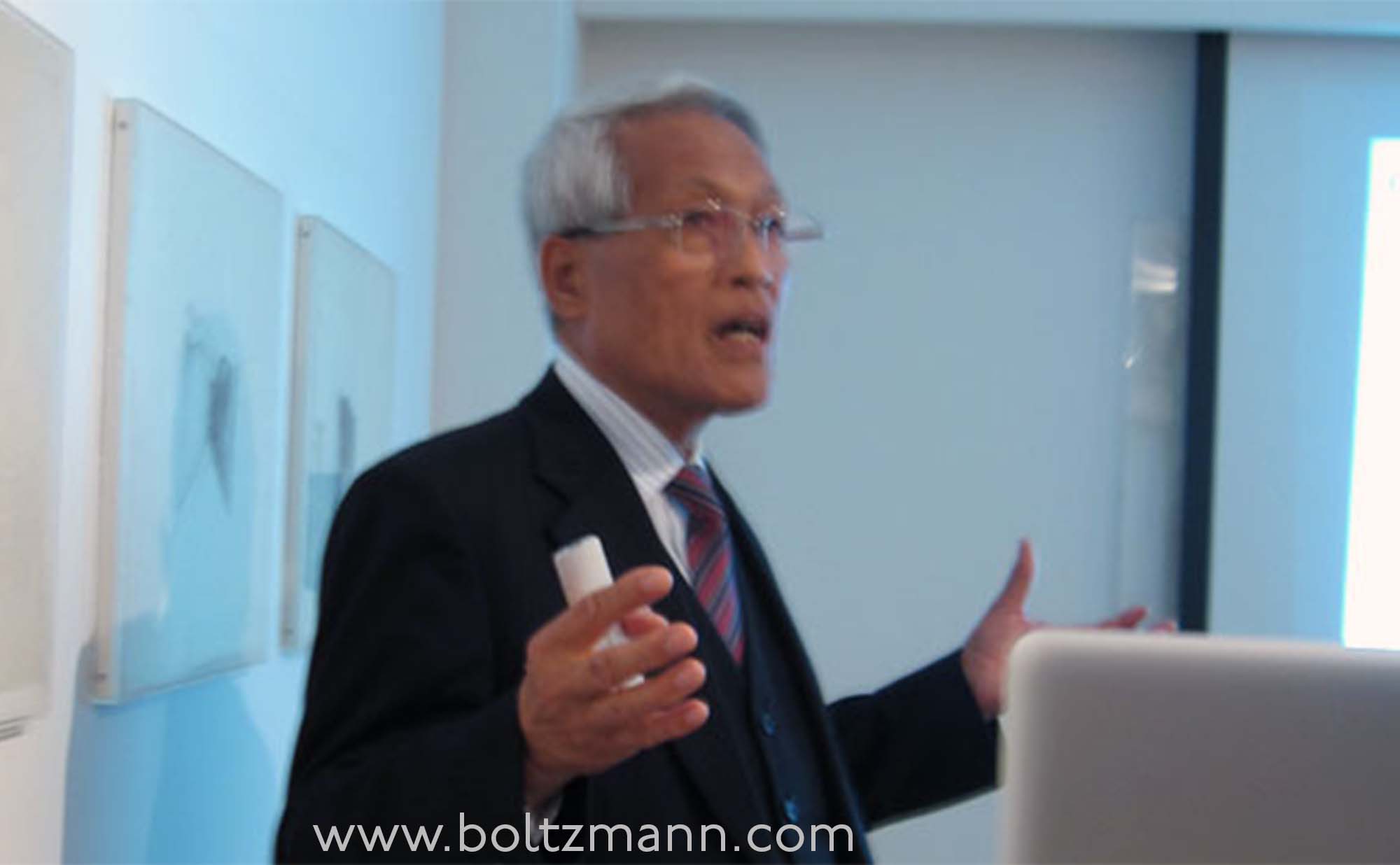
Haruo Kawahara: Speed is like fresh food – Revitalization of Japanese industry
Revitalization of Japanese Industry Haruo Kawahara, Representative Director and Chairman of the Board of JVC KENWOOD Corporation Keynote presented at the 6th Ludwig Boltzmann Symposium on February 20, 2014 at the Embassy of Austria in Tokyo. summary by Gerhard Fasol by Haruo Kawahara, Representative Director and Chairman of the Board of JVC KENWOOD Corporation summary…
-
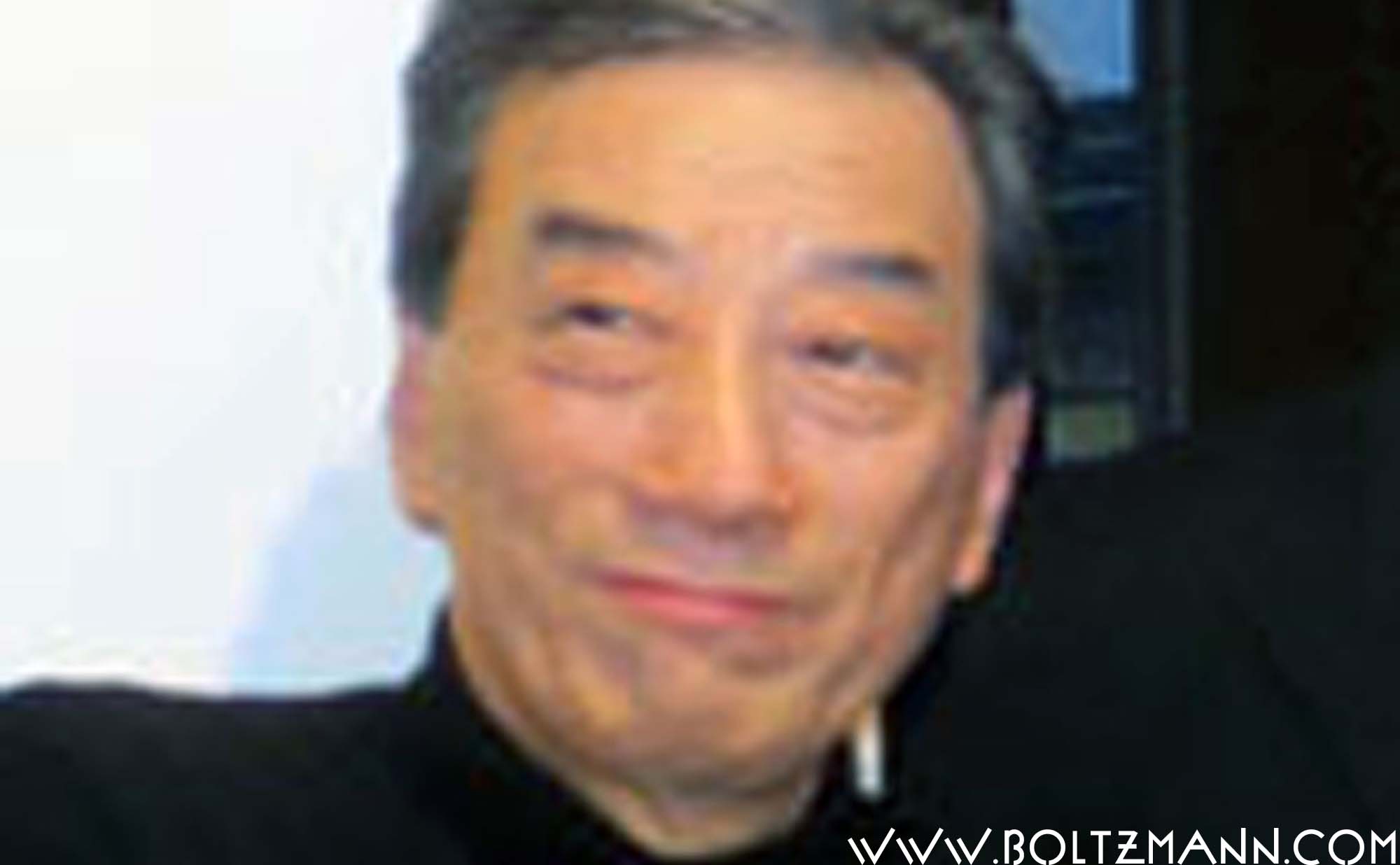
Kiyoshi Kurokawa: Quo vadis Japan? – uncertain times
Quo vadis Japan? – uncertain times. Groupthink can kill. Kiyoshi Kurokawa Keynote presented at the 6th Ludwig Boltzmann Symposium on February 20, 2014 at the Embassy of Austria in Tokyo. summary by Gerhard Fasol by Kiyoshi Kurokawa, Academic Fellow of GRIPS and former Chairman of Fukushima Nuclear Accident Independent Investigation Commission by National Diet of…
-
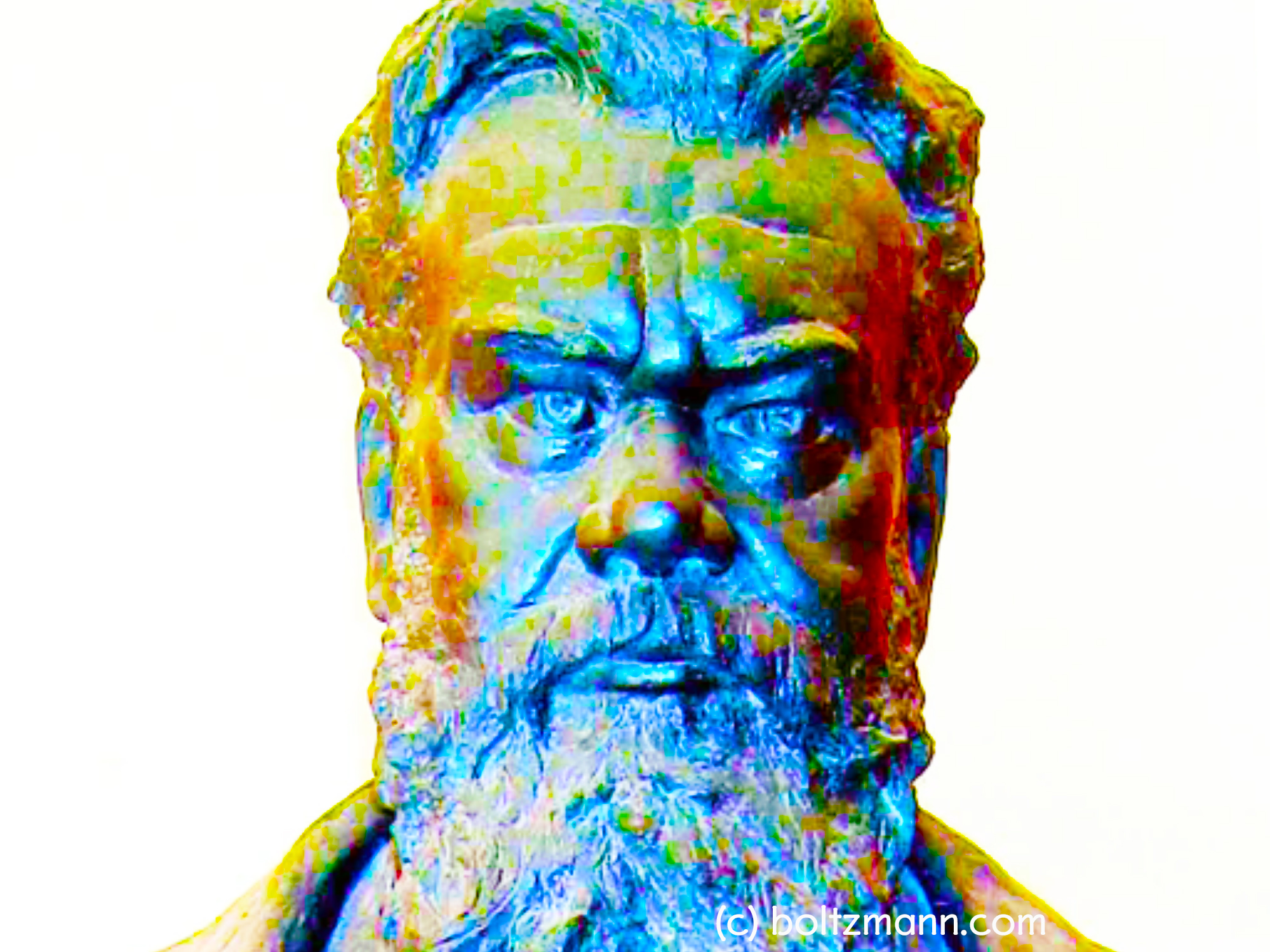
Gerhard Fasol: Ludwig Boltzmann – Energy, Entropy Leadership by
Ludwig Boltzmann as leader Gerhard Fasol Keynote presented at the 6th Ludwig Boltzmann Symposium on February 20, 2014 at the Embassy of Austria in Tokyo. (Gerhard Fasol, CEO of Eurotechnology Japan KK. Served as Associate Professor of Tokyo University, Lecturer at Cambridge University, and Manger of Hitachi Cambridge R&D Lab.) Ludwig Boltzmann, the scientist Ludwig…